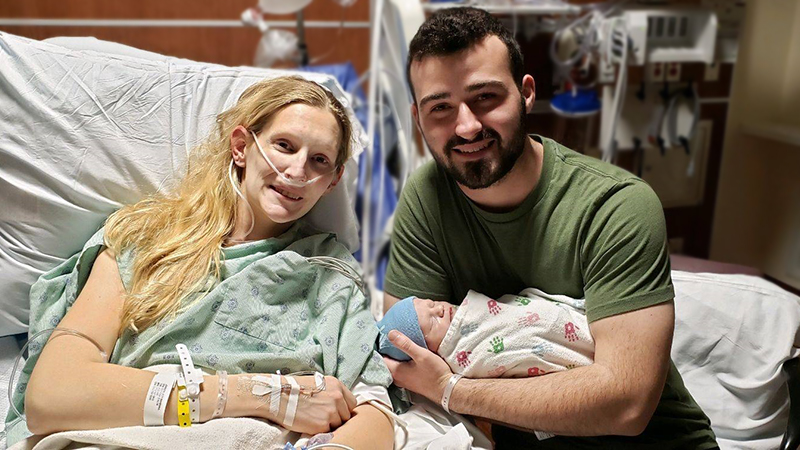Symptoms
Symptoms of Aortic Aneurysm
Aortic aneurysms often grow slowly over time. Most people with aortic aneurysms do not have symptoms. Because of this, most aneurysms are found when a clinician performs a screening, physical exam or imaging studies (such as X-rays) for unrelated conditions.

- If you experience symptoms related to your aneurysm they may vary based on the location of your aneurysm.
- An abdominal aortic aneurysm (AAA) occurs in the aorta below the level of the diaphragm.
If you do have symptoms, you may experience any of the following:
- Pulsating mass in your abdomen, similar to a heartbeat
- Back or abdominal pain
- Discoloration of toes (rare)
Symptoms of a ruptured AAA include:
- Sudden, severe pain in your abdomen, lower back, or scrotum
- Dizziness
- Fainting
- Drop in blood pressure
- Rapid heart rate
- Sweaty, clammy skin
- Shortness of breath
- Nausea or vomiting (if the aneurysm is caused by inflammation or infection)
If someone develops symptoms, this could mean their aneurysm is rapidly growing and may rupture or has already ruptured. This is a life-threatening emergency, and you should call 911.
An thoracic aortic aneurysm occurs in the aorta above the level of the diaphragm. If you have an aneurysm and any of the symptoms below, it may mean that the aneurysm is enlarging or about to rupture.
- Severe chest or back pain
- Sweating
- Dizziness
- Hoarse voice
- Rapid breathing
- Difficulty swallowing
- Feeling cold and clammy
- Feeling like your heart is racing
A ruptured thoracic aortic aneurysm is a life-threatening emergency, and you should call 911.




